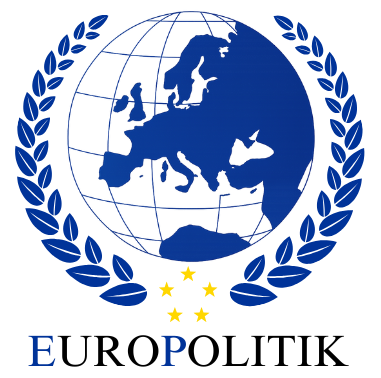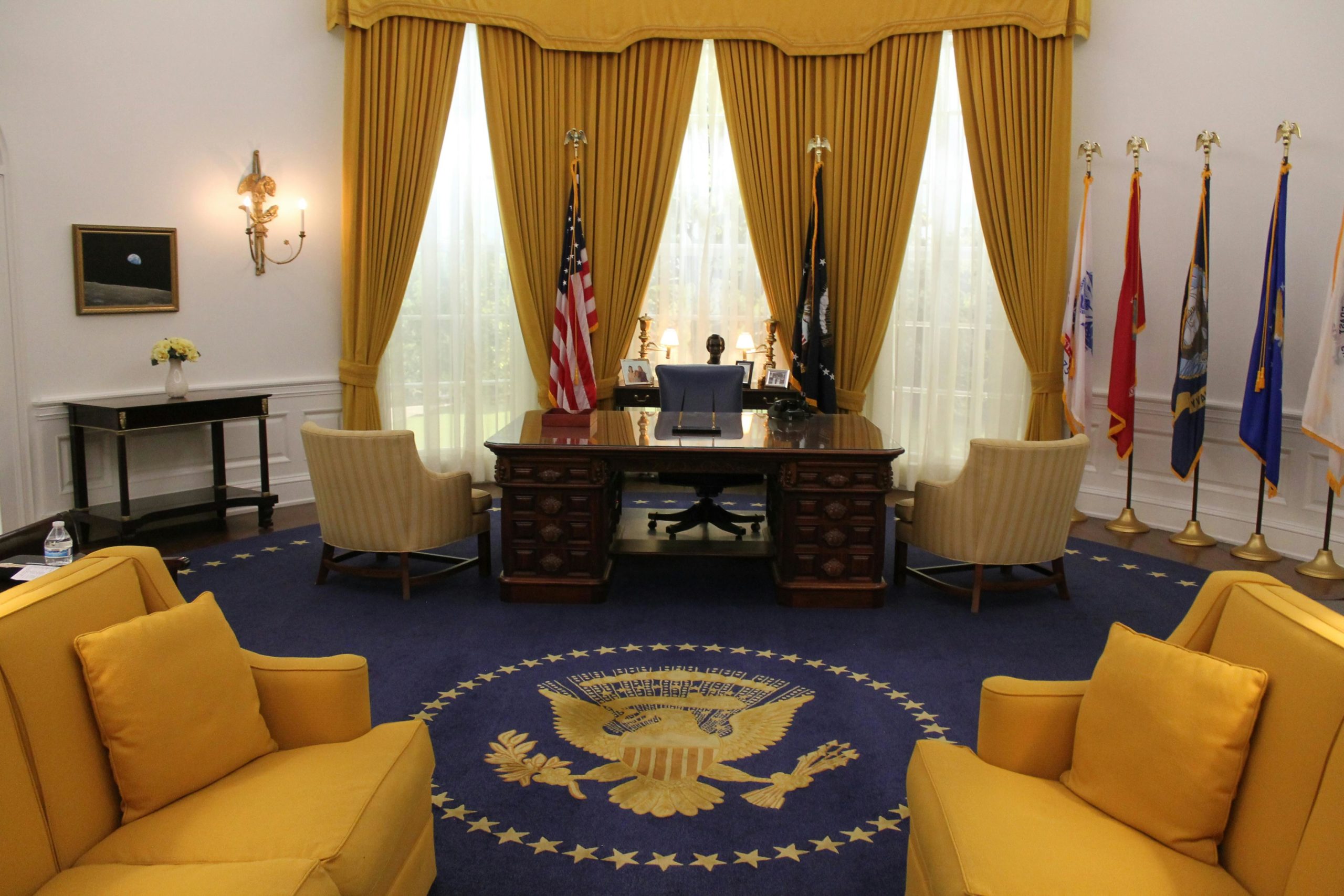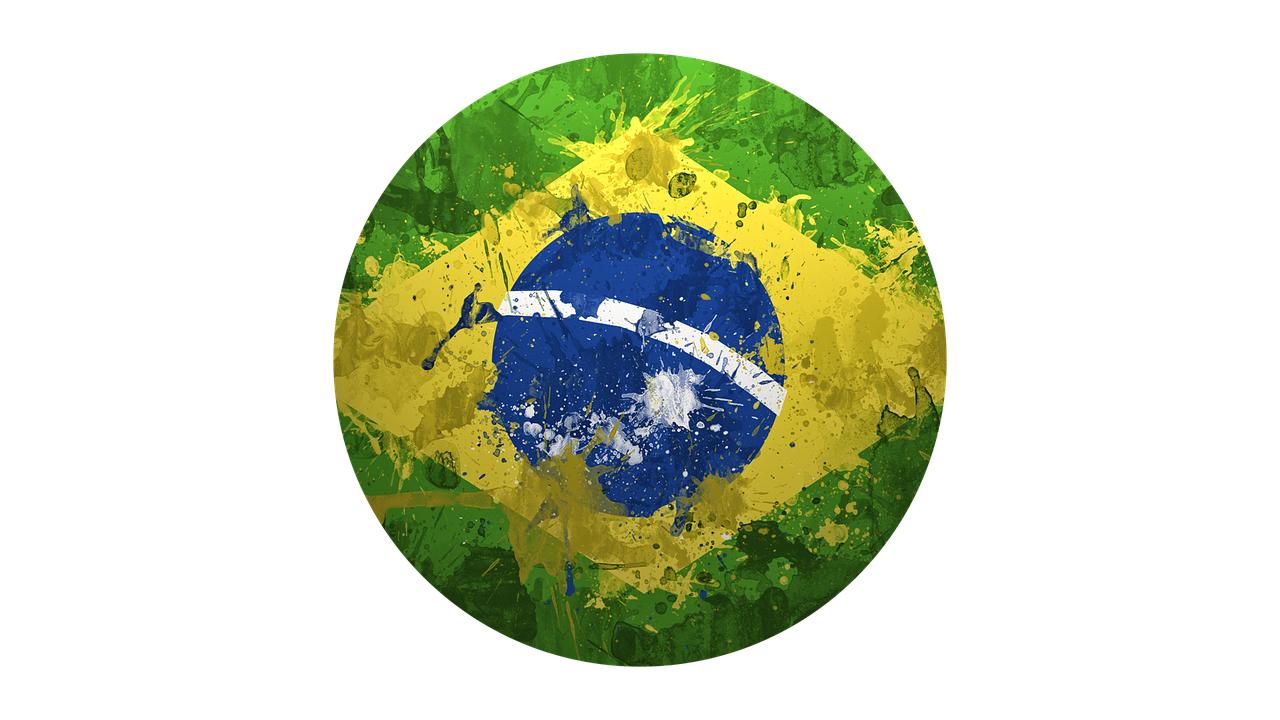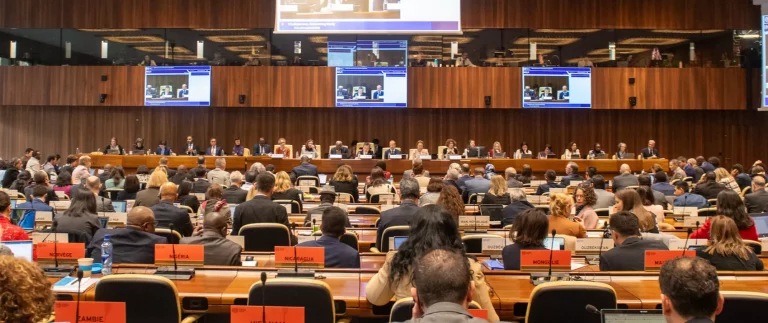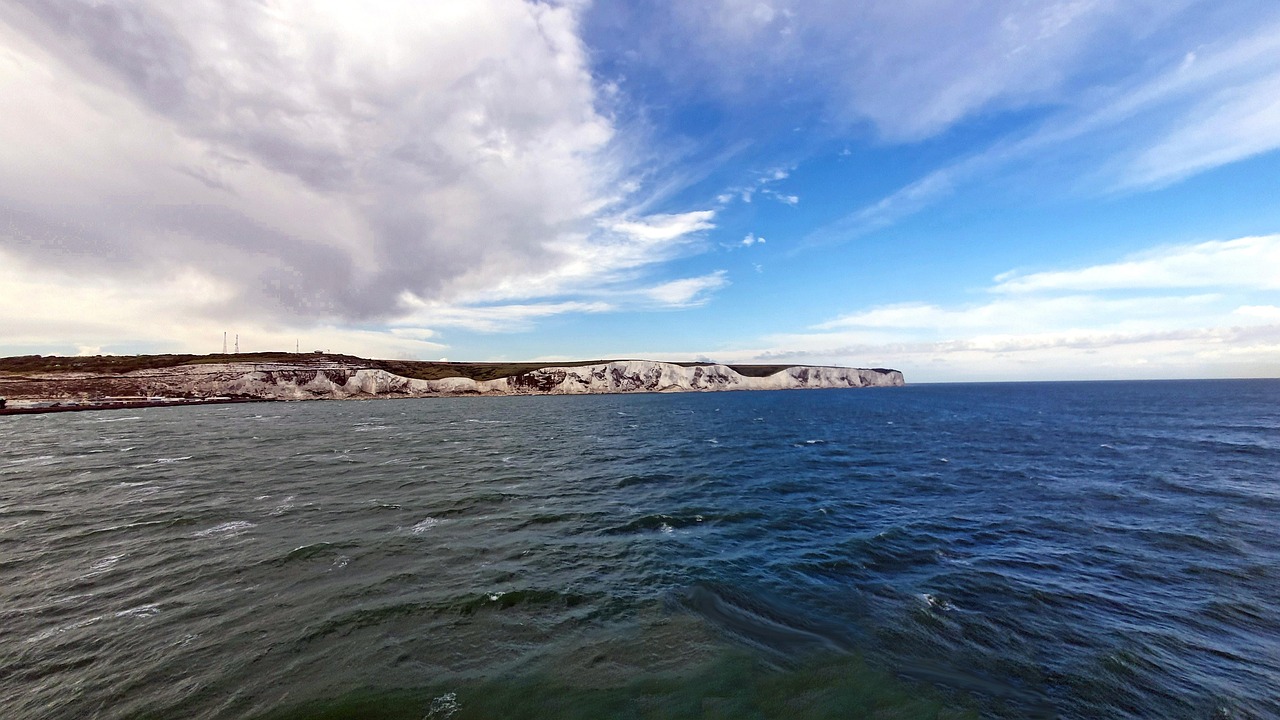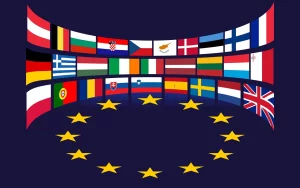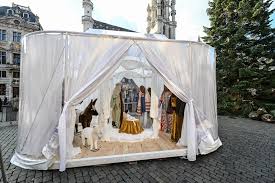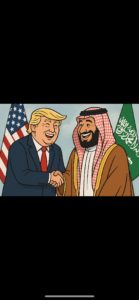Donald Trump continues his remarkable diplomatic marathon. After the Middle East — where he oversaw the release of Israeli hostages and laid the groundwork for an unprecedented ceasefire as part of his new peace plan — after his high-profile meeting with Volodymyr Zelensky in Washington and the prospect of another tête-à-tête with Vladimir Putin in Budapest, it is now China that looms large on his agenda. In the coming days, the U.S. President is expected to meet Xi Jinping in South Korea — a major event between the two greatest rival powers of the 21st century, following months of renewed tension.
Since returning to the White House in January, Trump has launched initiatives on nearly every front: Ukraine, Israel, Gaza, Russia, Iran, and now China. His diplomatic activism stands out in a world where most leaders hesitate, procrastinate, or hide behind a weakened and ineffective United Nations. Trump, by contrast, takes the field personally. He openly embraces a direct, assertive, and protocol-free diplomacy. Through his frequent travels and announcements, he positions himself as the only world leader capable of talking to everyone — friends and foes alike. To critics who accuse him of impulsiveness or disregard for international norms, he points to results — sometimes fragile or short-lived, but tangible. He has put the United States back at the center of the global game, forcing others to recognize that nothing can truly be decided without Washington. This “dealist” approach — often derided — has become his trademark: negotiate rather than punish, engage rather than isolate.
Trump’s strategy follows a clear logic: to reestablish America as the central hub of global diplomacy and make it once again the pivot of all major international issues. By reconnecting with Putin, engaging Gulf monarchies, courting Zelensky, and soon meeting Xi Jinping, he is imposing a model of hyper-personalized bilateral diplomacy. For him, every crisis is an opportunity for negotiation, and every rival a potential partner. While Europe sinks into its divisions and China quietly extends its influence, Trump reminds the world that leadership is not exercised through summits or communiqués, but through direct confrontation and bold initiative. His approach unsettles allies, but it commands attention — and often forces breakthroughs where traditional diplomacy has failed.
Yet this outward energy raises another question: is Trump’s global activism a way to divert attention from America’s domestic tensions? The massive anti-Trump demonstrations of October in several U.S. cities underline the social fractures that persist. His opponents denounce an increasingly authoritarian drift, particularly after recent excesses by the new anti-immigration police, accused of harsh and discriminatory tactics against undocumented migrants. The United States appears once again polarized between enthusiasm for a “strong” president and fears of an autocratic turn.
As the 2026 midterm elections approach, Trump must manage two fronts at once: continuing his diplomatic offensive abroad while calming an inflamed domestic scene. His foreign policy successes, however spectacular, cannot alone repair a country strained by inflation linked to new tariff barriers, by social mistrust, and by the anxiety of economic decline. The American dream, many say, has become a promise broken by political chaos and moral fatigue.
The challenge for Trump is therefore to convert his external victories into domestic stability. He will have to rebalance his action between the world stage and the home front, between diplomatic showmanship and tangible improvements in American life. If he succeeds in containing the migration crisis, restoring the confidence of the middle class, and stabilizing the post-tariff economy, his international triumphs will gain meaning and legitimacy.
History, ultimately, will not remember only the Trump of deals, the maker of ceasefires, or the disruptor who challenged the established order. It will also remember whether he was able — or not — to rebuild a strong, stable, and credible America, one capable of inspiring respect abroad and unity at home. For now, the world watches as Trump walks a tightrope between diplomacy and division — a balancing act that could define not just his presidency, but the fate of the United States itself.
